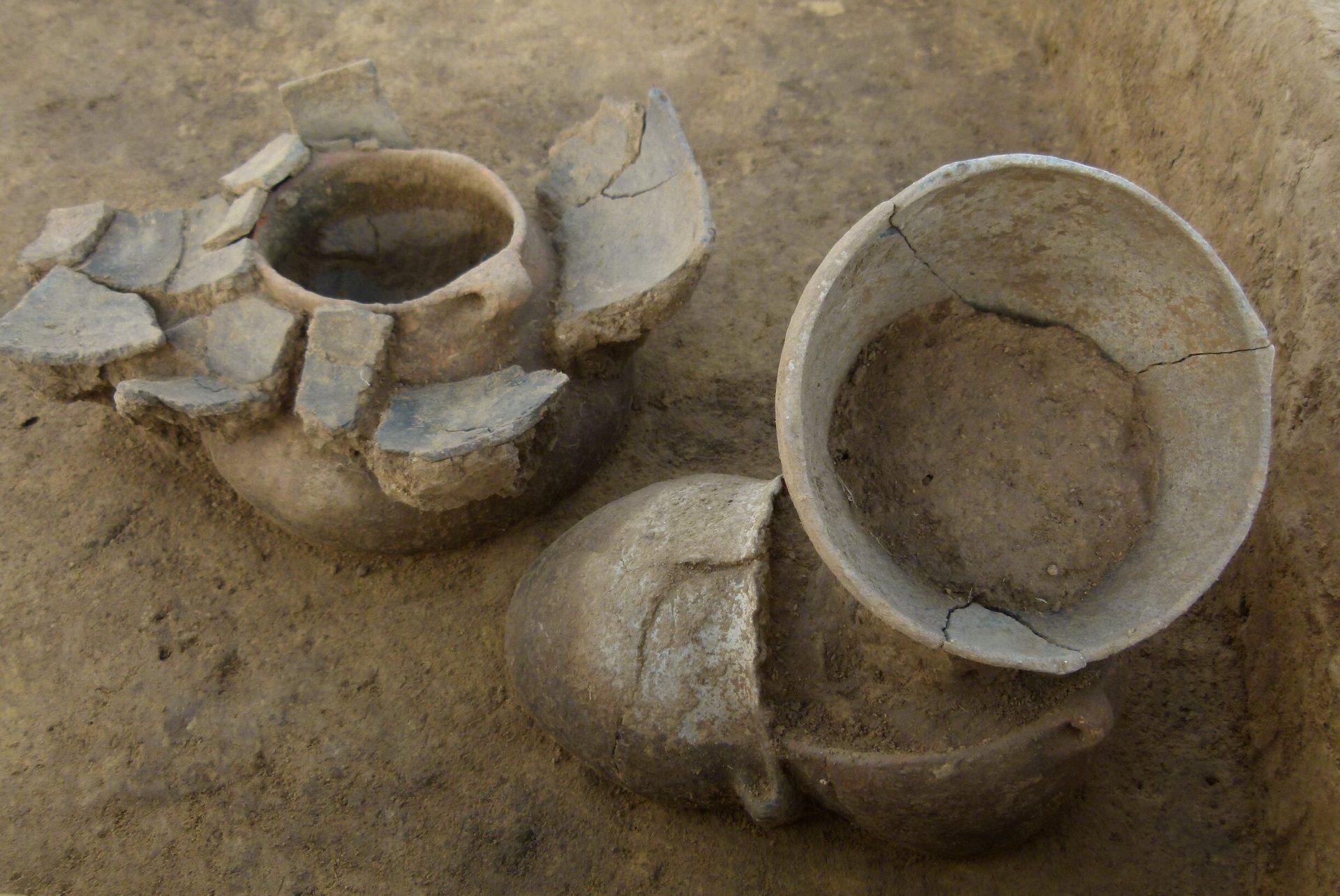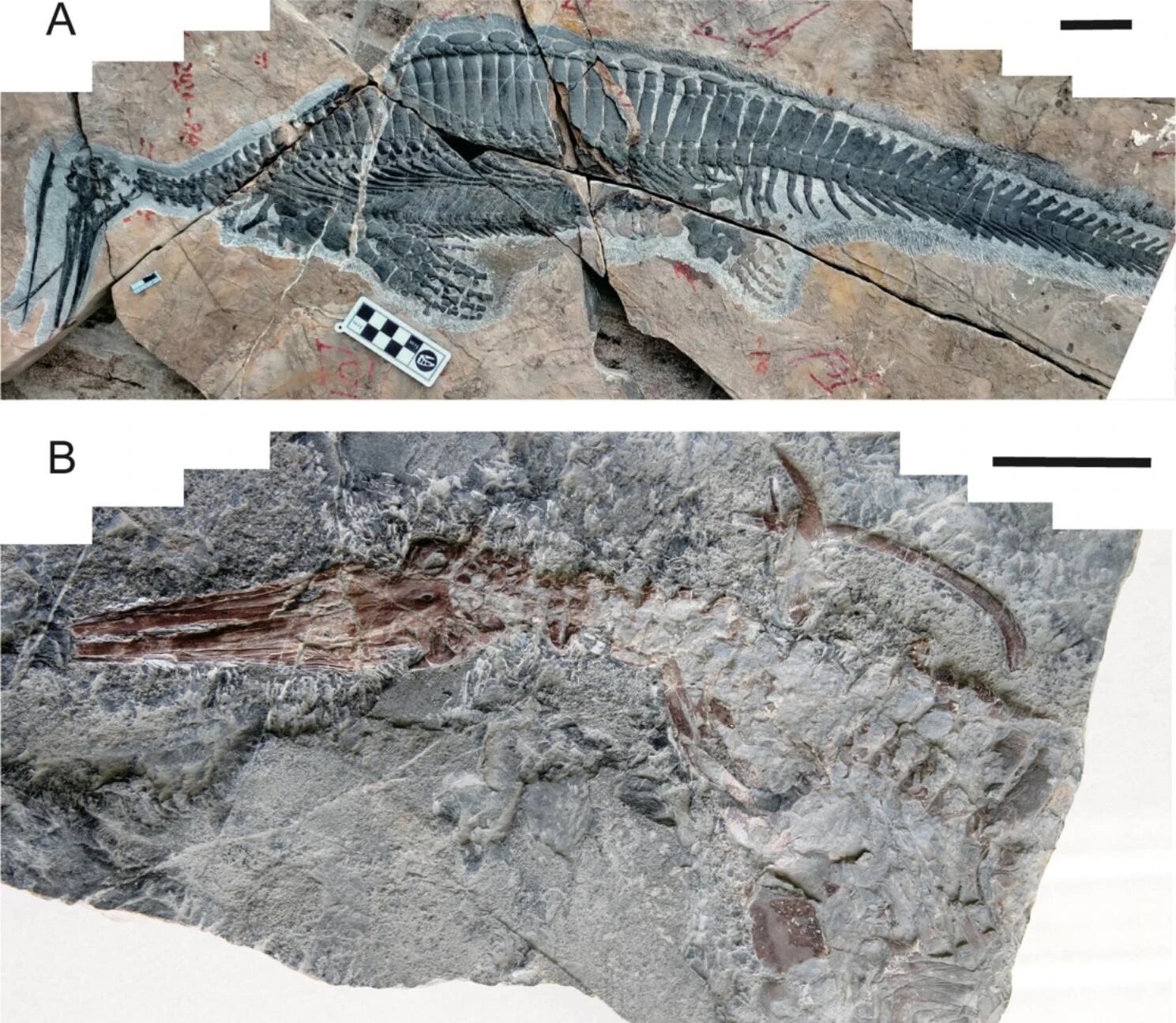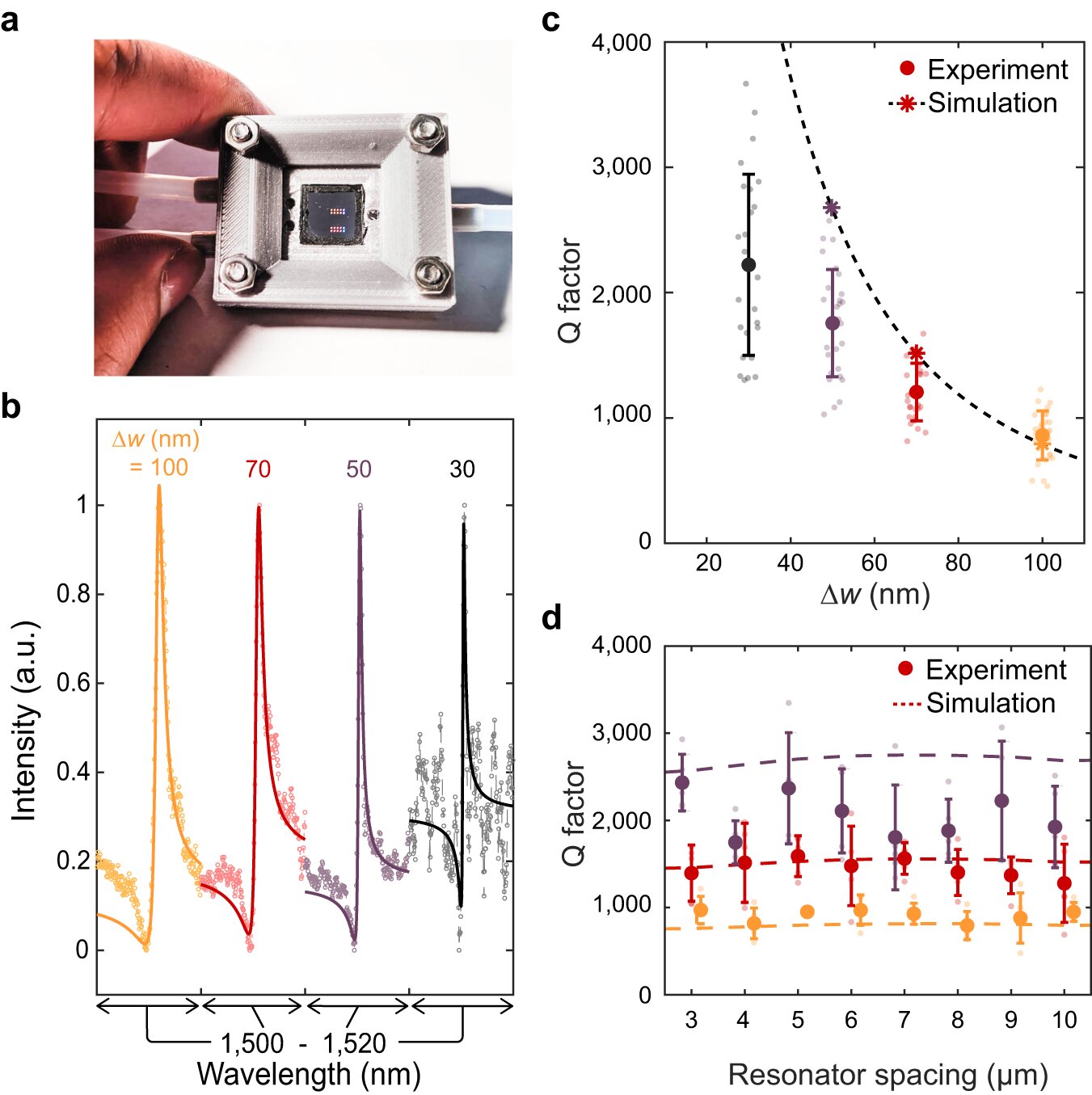A groundbreaking DNA study has shed new light on the intermingling of different groups during the European Stone Age, revealing both connections and isolations. Conducted by researchers at Uppsala University in collaboration with an international team, the study analyzed genetic data from 56 individuals from Central and Eastern Europe who lived during the Stone Age. The findings have been published in the esteemed journal Communications Biology.
“Conducting studies like this one requires a broad interdisciplinary discussion. In this study, this discussion has been exceptionally fruitful,” says Tiina Mattila, population geneticist at Uppsala University and the lead author of the study.
Over the past 15 years, DNA research has gradually unveiled the history of the European Stone Age. Prior to the spread of agriculture, various groups of hunter-gatherers inhabited different parts of Eurasia, often intermingling with one another. This study reveals that the intermingling of these genetic lines was heavily influenced by geography.
Previous DNA studies have also shown a strong correlation between the spread of agriculture and gene flow from Anatolia. This group, genetically and culturally distinct from European hunter-gatherers, influenced the spread of agriculture in different ways across Europe, resulting in diverse patterns of intermingling among ethnic groups.
“These differences in the intermingling of genetic lines and cultures can provide insights into power dynamics between different groups,” explains Tiina Mattila. The study also examined burial practices and found that common graves were not always indicative of family graves, suggesting that social factors played a role during the Stone Age.
In recent years, a more comprehensive understanding of the genetic history of Stone Age Europeans has emerged, and this study adds further detail to the puzzle. “We can demonstrate that certain regions of Europe, such as the area around the Dnipro River delta, were inhabited by isolated groups of hunter-gatherers for thousands of years, despite other parts of Europe transitioning to an agricultural way of life,” says Mattias Jakobsson, a genetics professor at Uppsala University.








